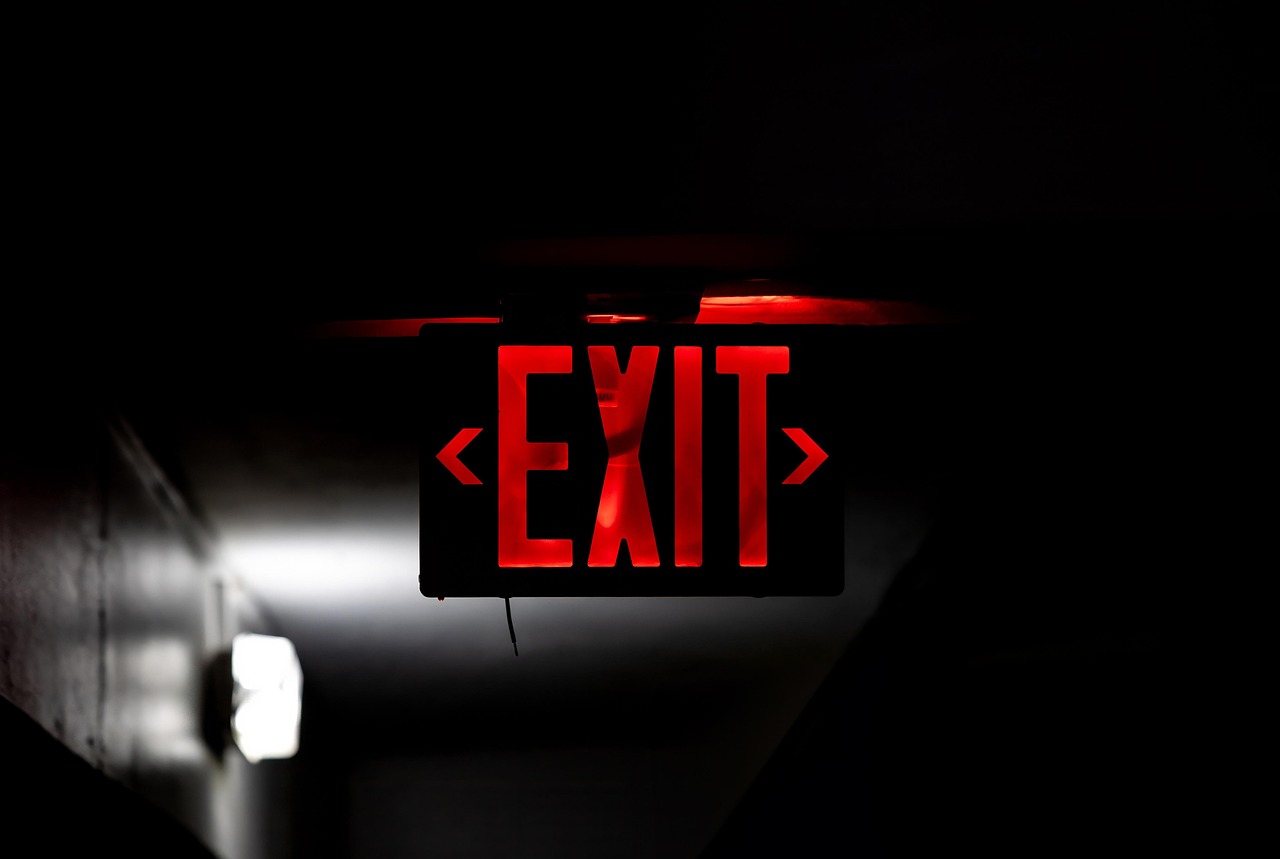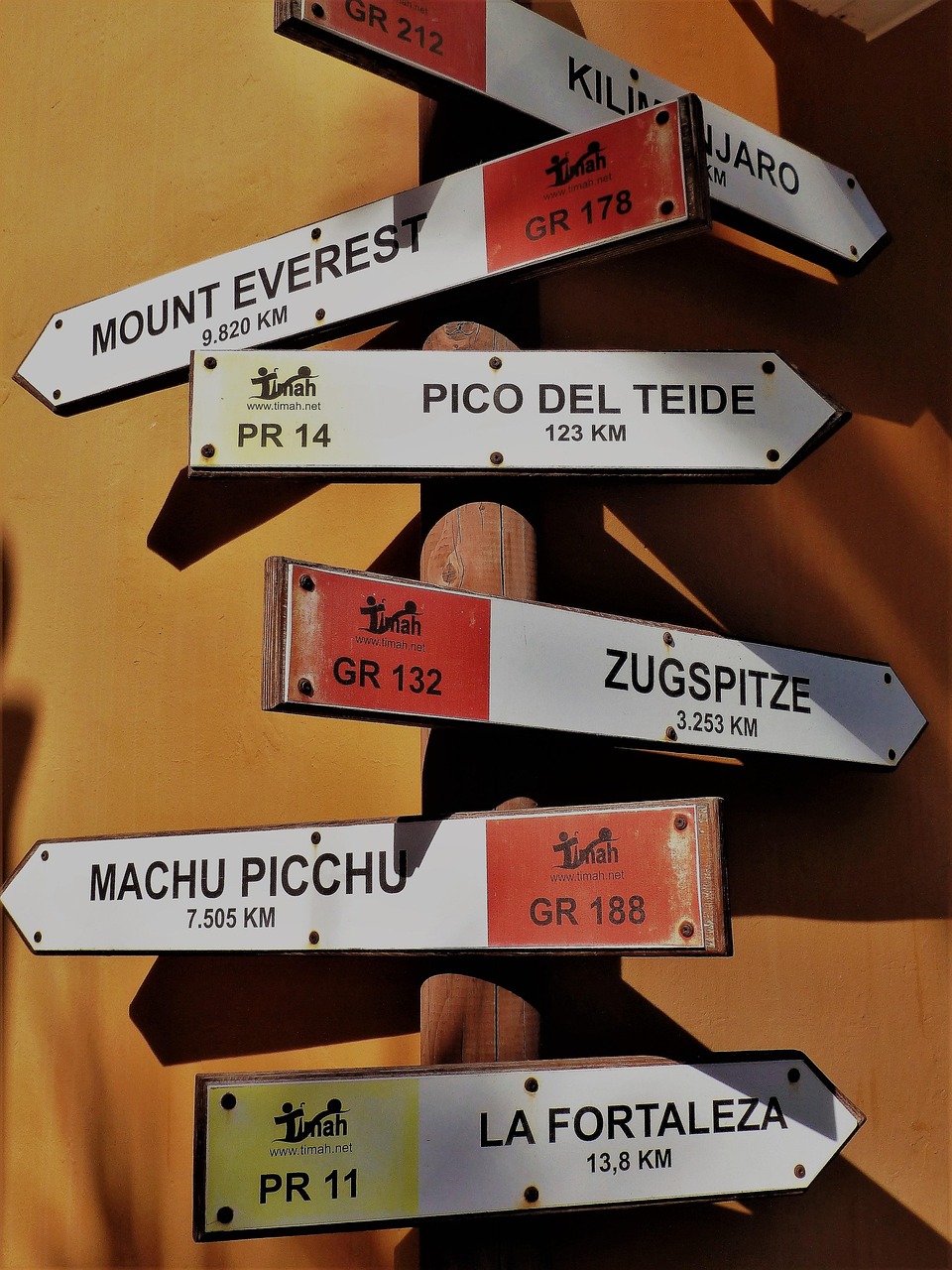Signs and Their Uses
Signs are essential tools for communication, branding, and navigation across various industries. From promoting businesses to guiding event attendees, different sign types serve unique purposes depending on their design and application. Below, we explore the main types of signs, their uses, and how they contribute to effective marketing and communication, supported by credible sources.
1. Feather Flag Banners
Feather flag banners, also known as flutter or swooper flags, are tall, lightweight, and portable signs that flutter in the wind to attract attention. They are commonly used for business promotions, events, and directional signage. For example, a car dealership might use feather flags with “SALE!” or “New Arrivals!” to draw in customers. Their vibrant colors and dynamic movement make them ideal for outdoor settings like storefronts, festivals, or open houses. According to the Outdoor Advertising Association of America, outdoor signage like feather flags can increase customer traffic by up to 10%, making them a cost-effective choice for small businesses.
2. Banners and Vinyl Signs
Banners, typically made from vinyl or fabric, are versatile signs used for advertising, event promotion, and announcements. They can be hung indoors or outdoors, displaying messages like “Grand Opening” or “Festival This Weekend.” Vinyl banners are durable, weather-resistant, and customizable, making them popular for trade shows, community events, and retail promotions. A guide from Eventbrite highlights that bold, clear banners improve event visibility and attendee engagement, as they can convey key information quickly and effectively.
3. A-Frame Signs (Sidewalk Signs)
A-frame signs, also known as sandwich boards, are portable, double-sided signs often placed on sidewalks to attract pedestrians. They’re widely used by restaurants, cafes, and retail stores to advertise daily specials, menu items, or promotions. For instance, a coffee shop might use an A-frame sign to promote “Happy Hour: 20% Off Lattes!” Their ease of setup and ability to be updated with chalk or markers make them ideal for dynamic messaging. The Signage Foundation notes that sidewalk signage can boost foot traffic by providing immediate, localized visibility.
4. Digital and LED Signs
Digital and LED signs use electronic displays to showcase dynamic content, such as scrolling text, videos, or animated graphics. These signs are popular in retail, hospitality, and transportation hubs, where real-time updates are crucial. For example, a hotel might use an LED sign to display event schedules or welcome messages. Their ability to change content remotely makes them highly adaptable. A report by the Sports & Fitness Industry Association indicates that digital signage at events can increase brand recall by up to 20%, as it captures attention with vibrant, moving visuals.
5. Trade Show Displays
Trade show displays, including modular booths, pop-up displays, and banner stands, are designed for exhibitions and trade shows to showcase brands and products. These signs are often rented for their flexibility and cost-effectiveness, allowing businesses to create professional, eye-catching setups without permanent investment. For instance, a startup might rent a modular booth from Integrated Exhibits to promote a new product at a trade show, attracting leads with custom graphics and interactive elements. The National Association of Realtors suggests that temporary signage, like trade show displays, is effective for market testing and brand exposure, applicable across industries.
Conclusion
The main types of signs—feather flag banners, vinyl banners, A-frame signs, digital/LED signs, and trade show displays—offer diverse solutions for advertising, navigation, and branding. Each type serves specific needs, from attracting foot traffic to enhancing event experiences or promoting products at trade shows. By selecting the right sign type, businesses and organizations can maximize visibility, engagement, and impact while staying within budget.
Sources:


